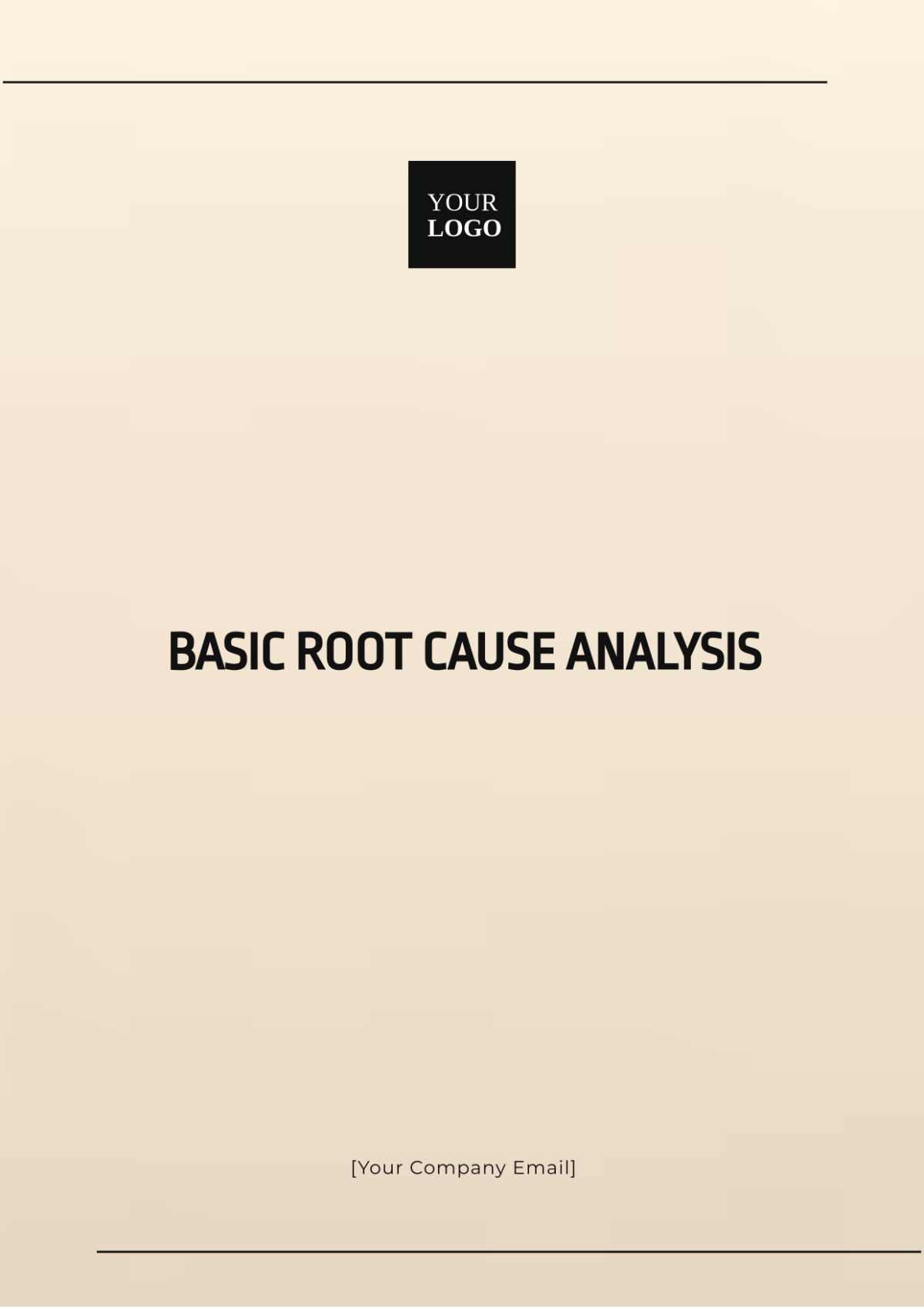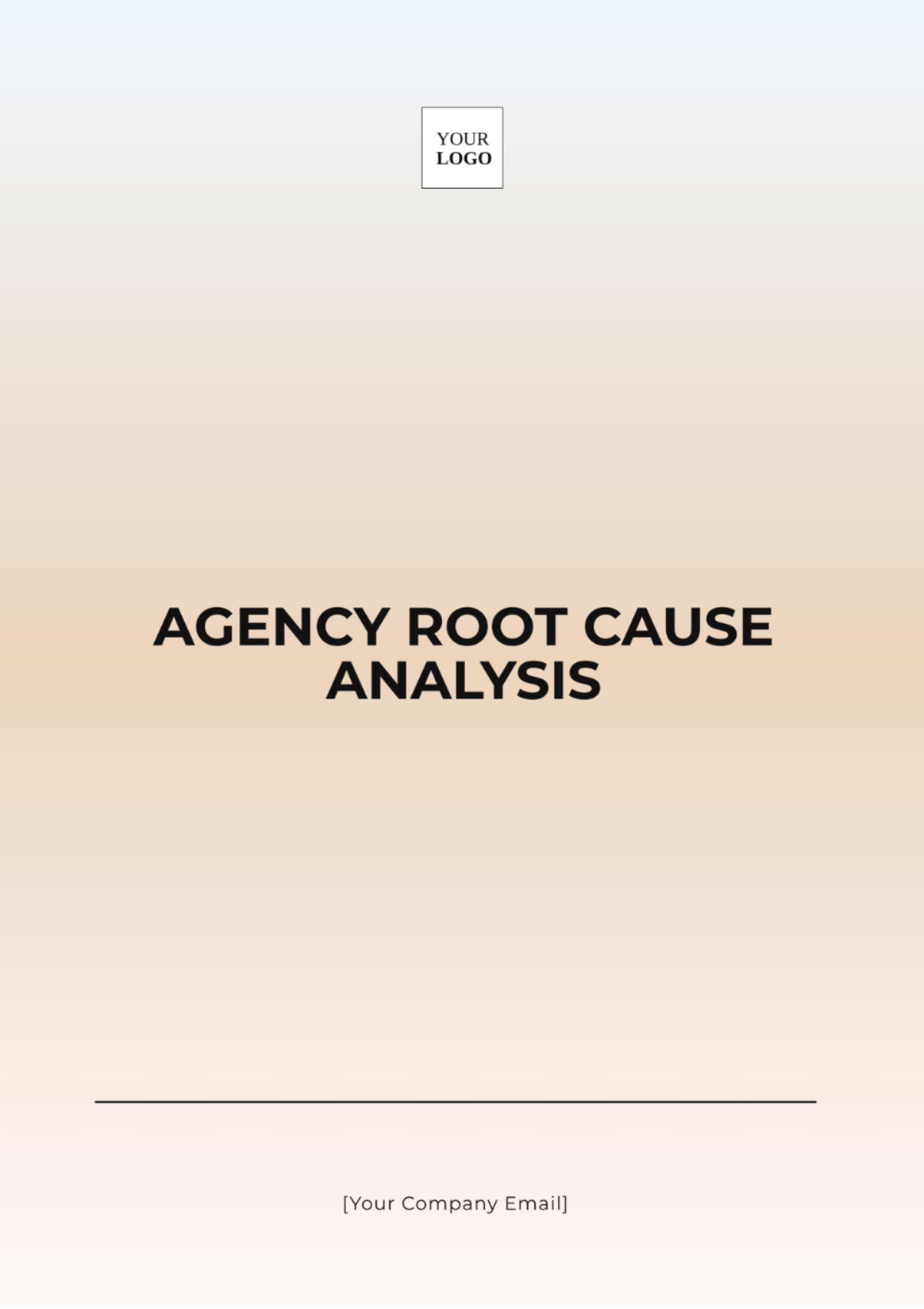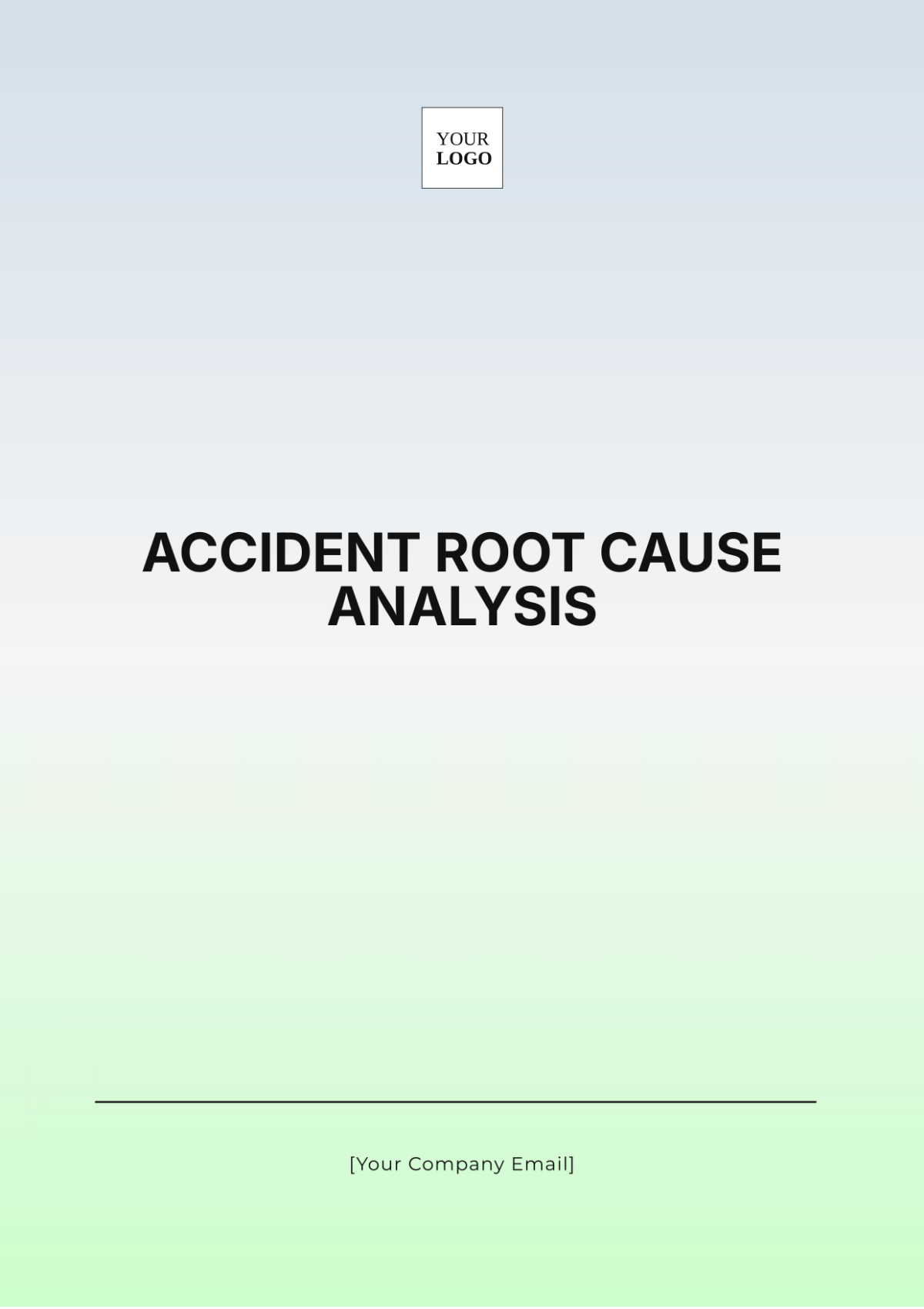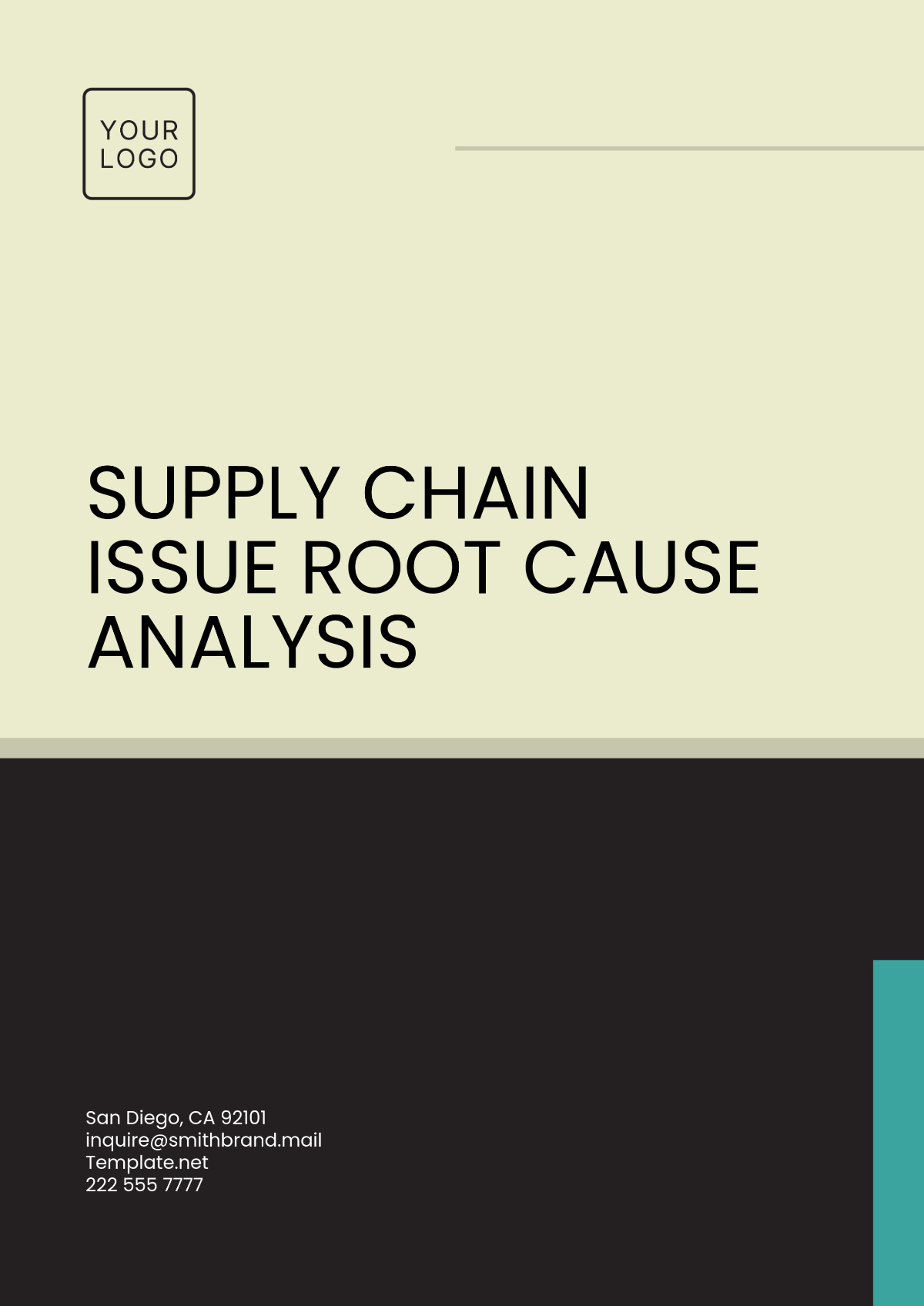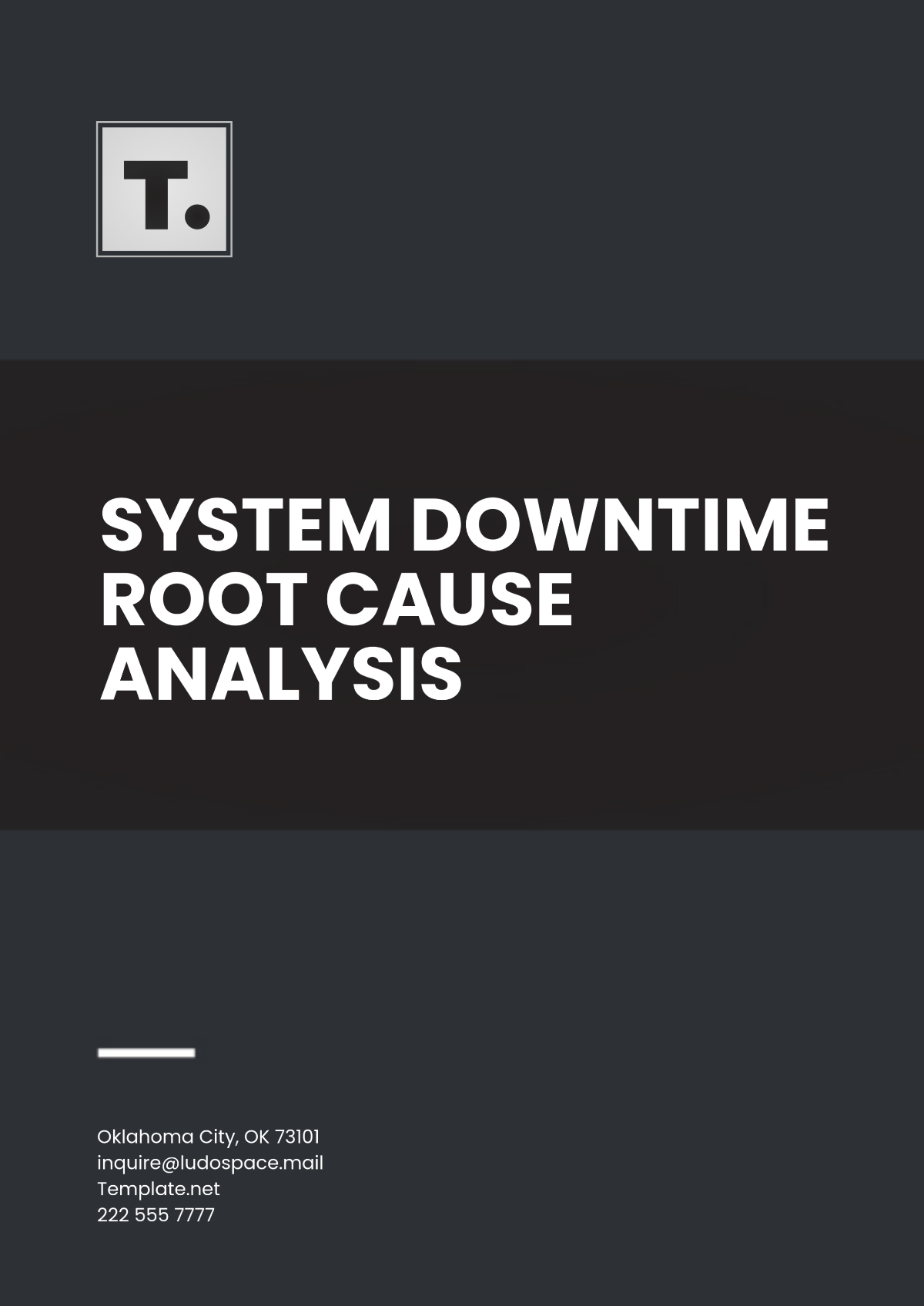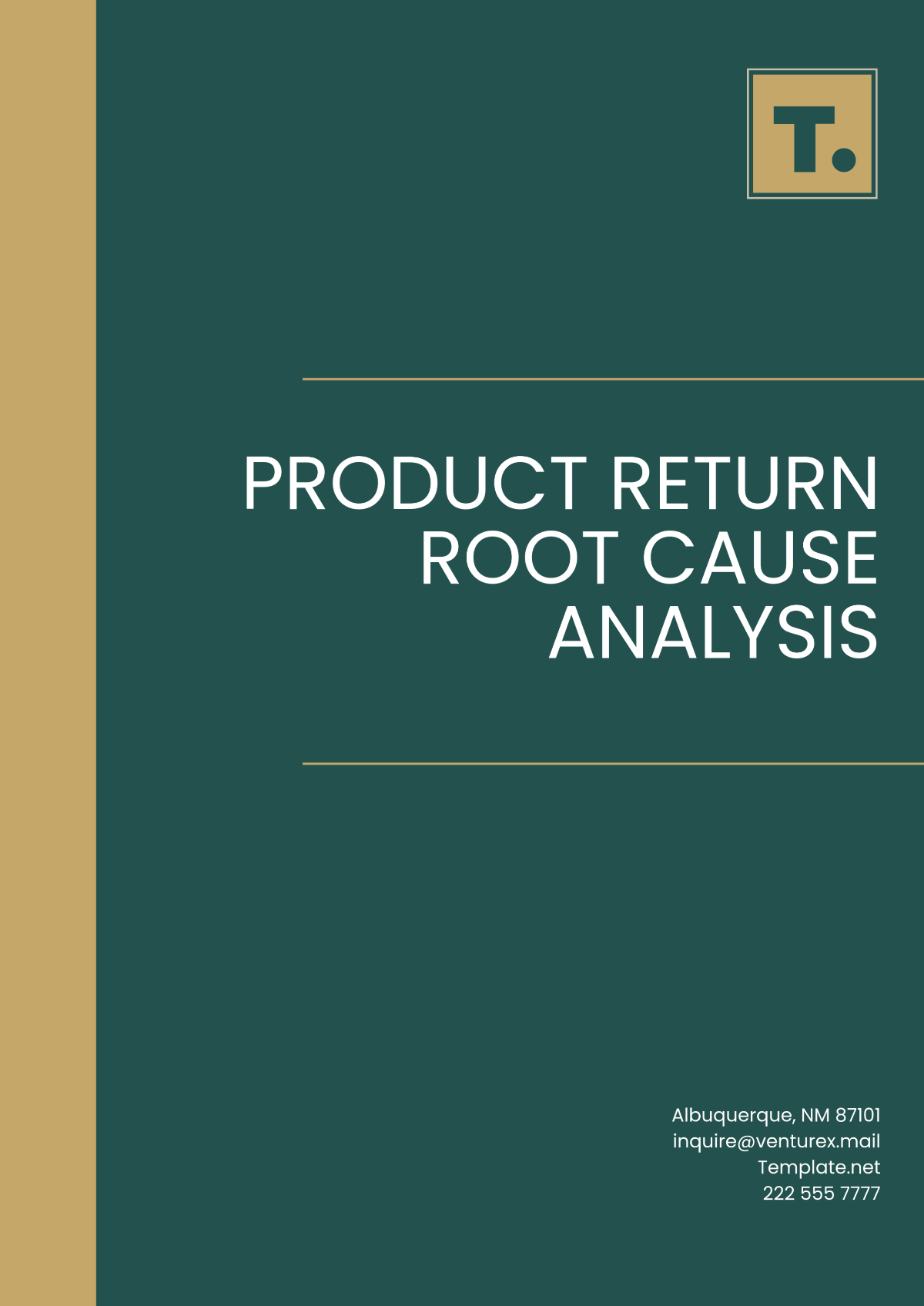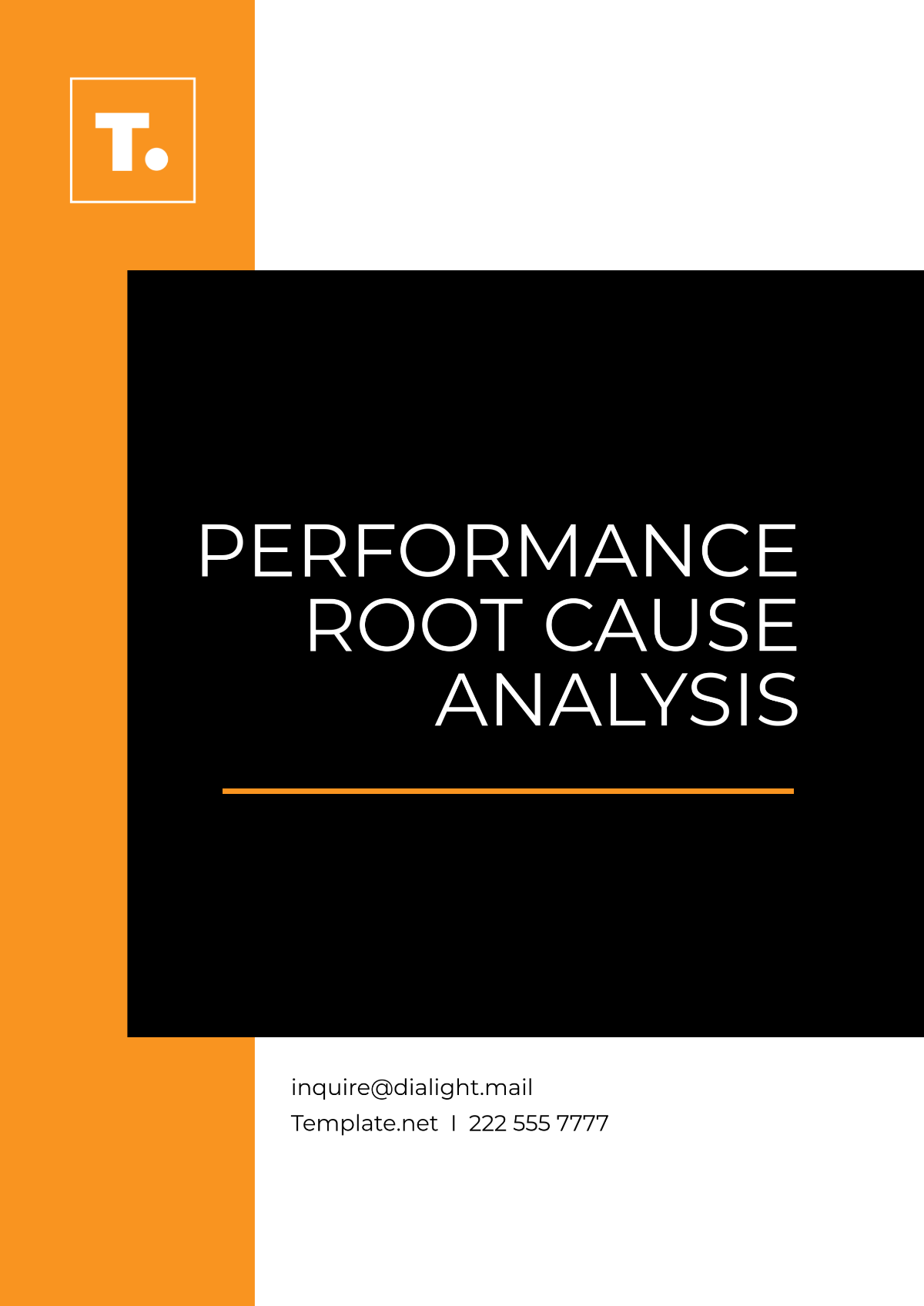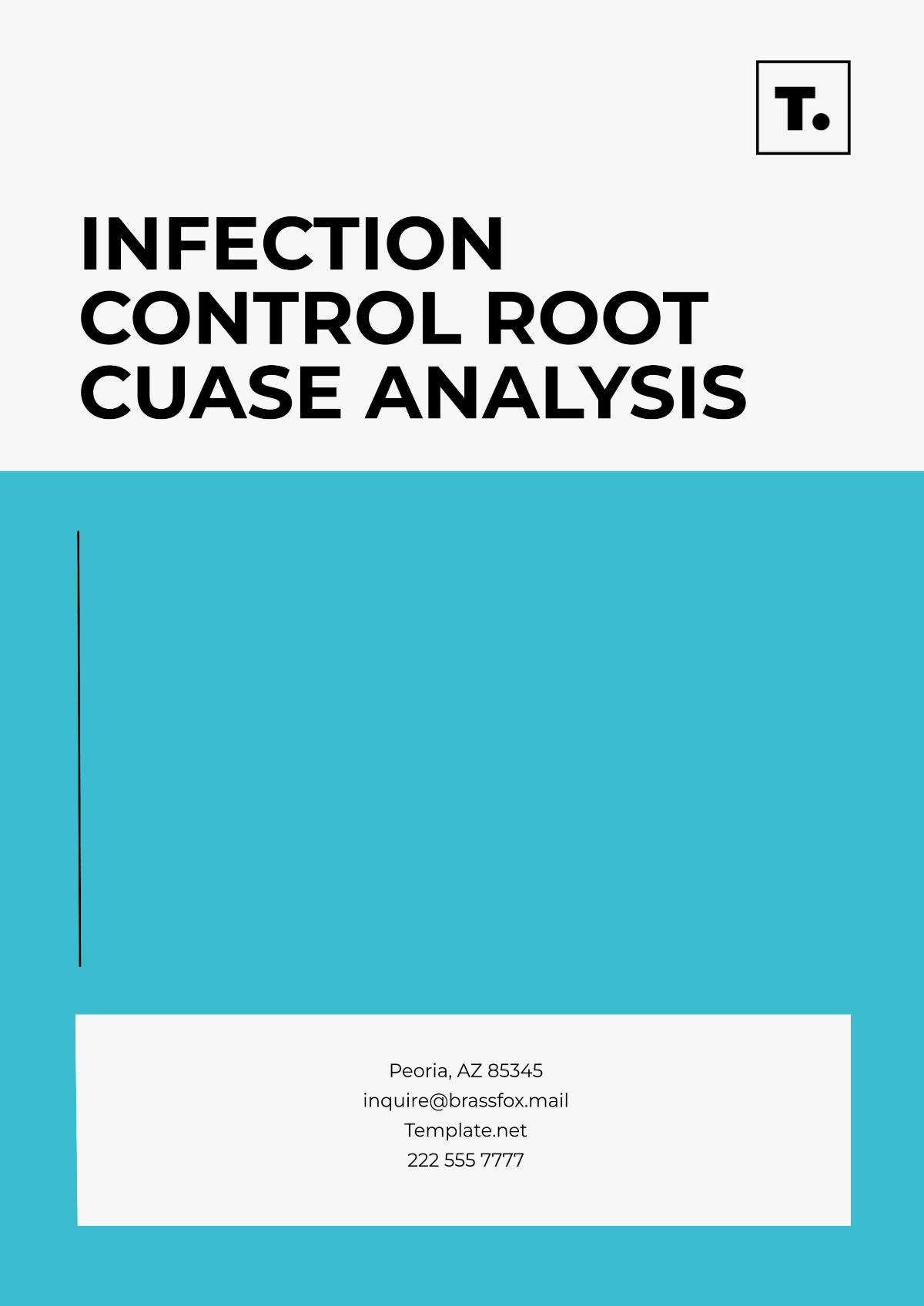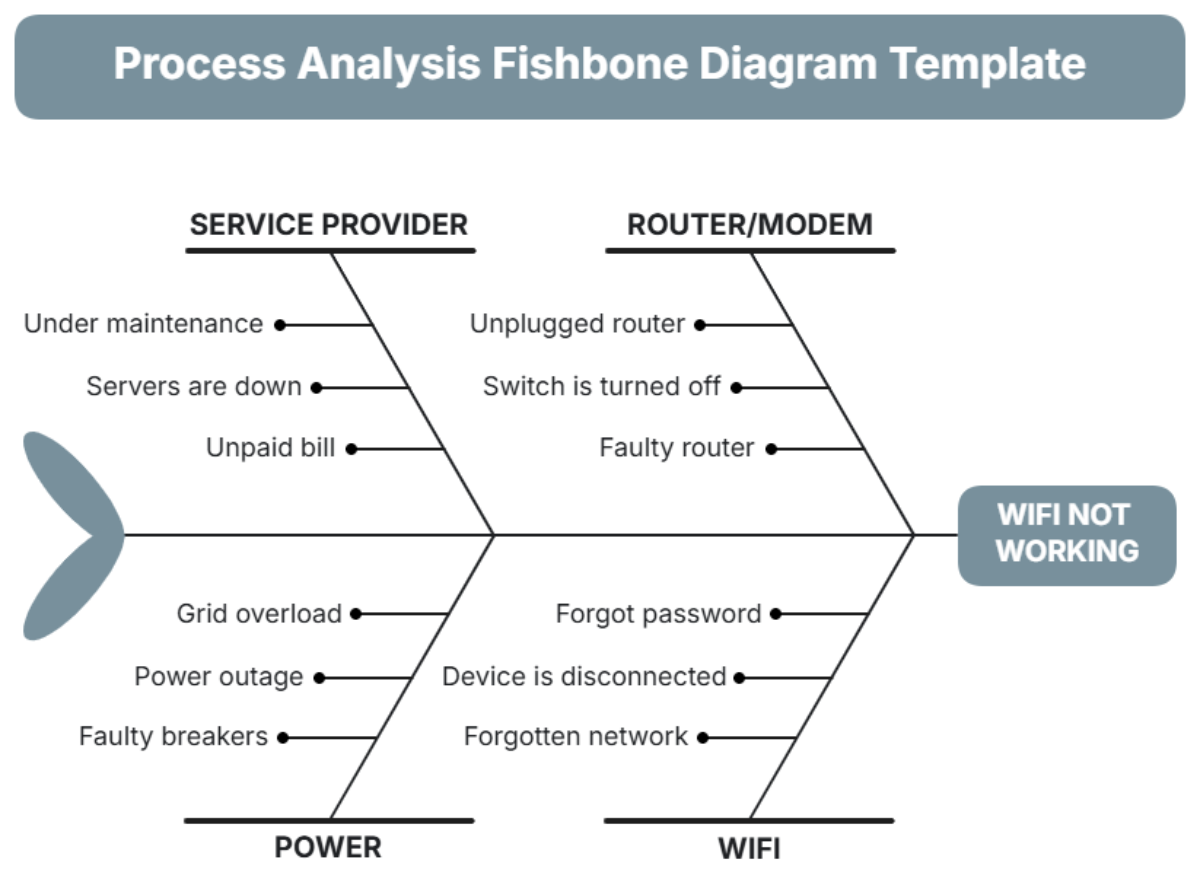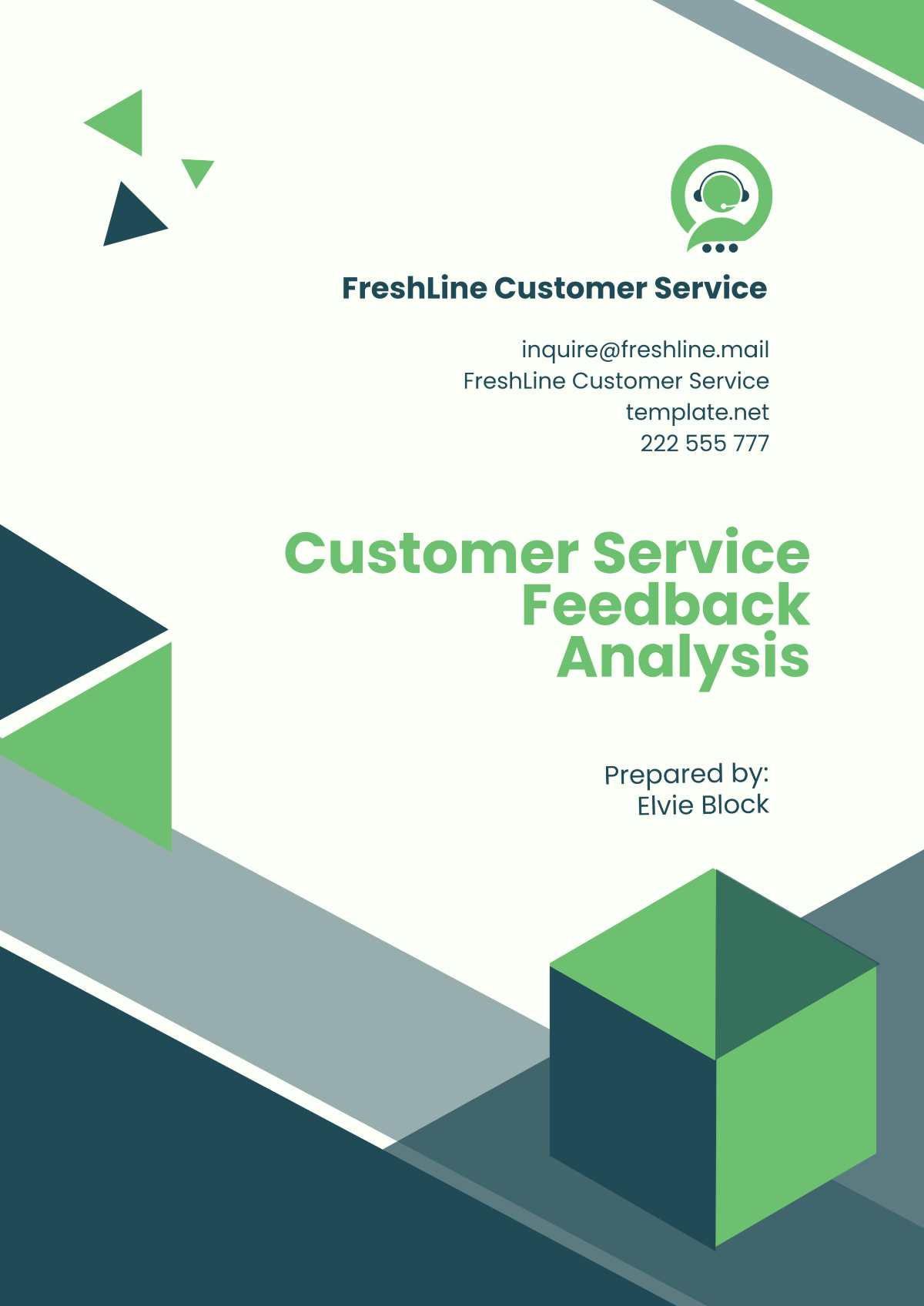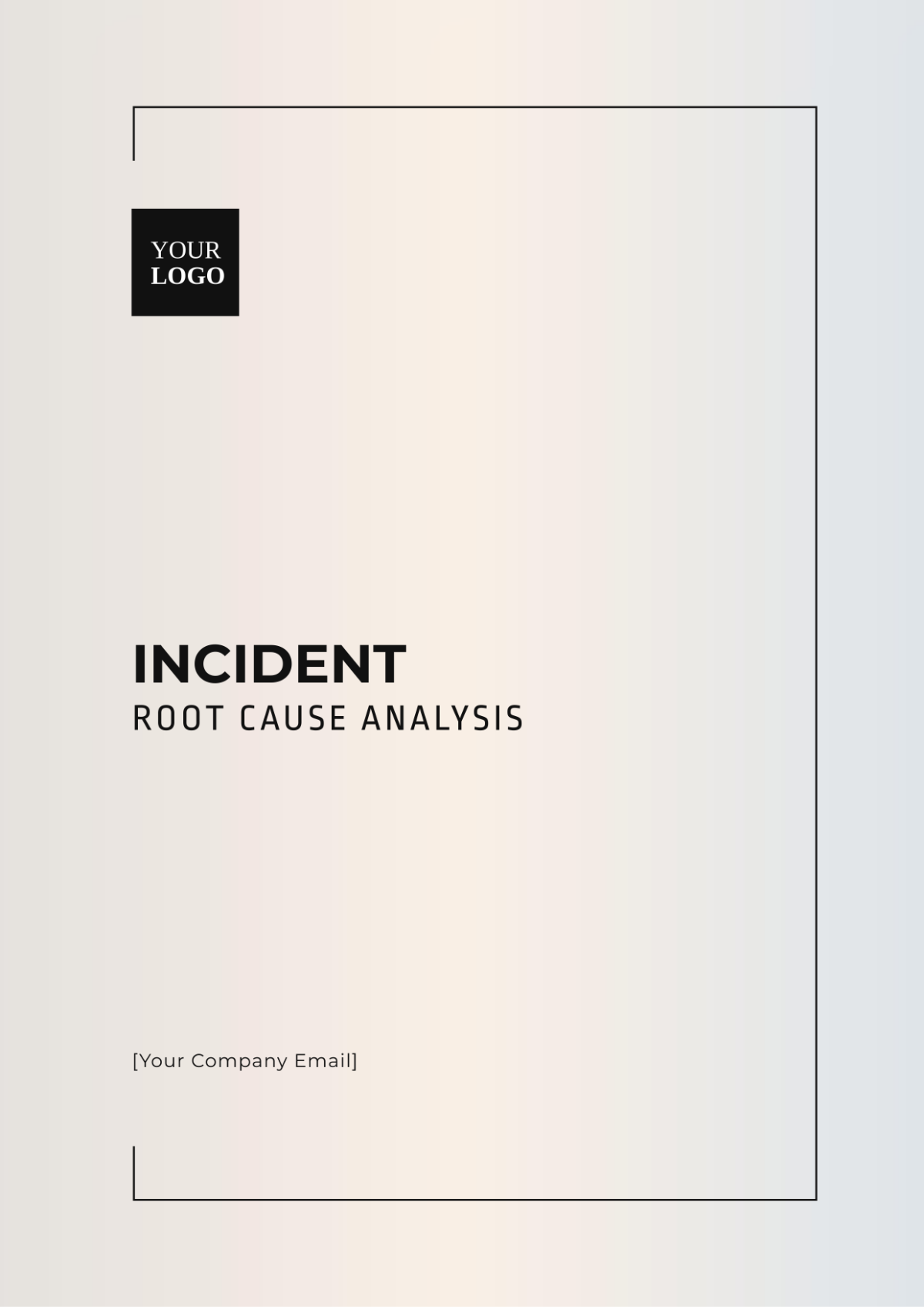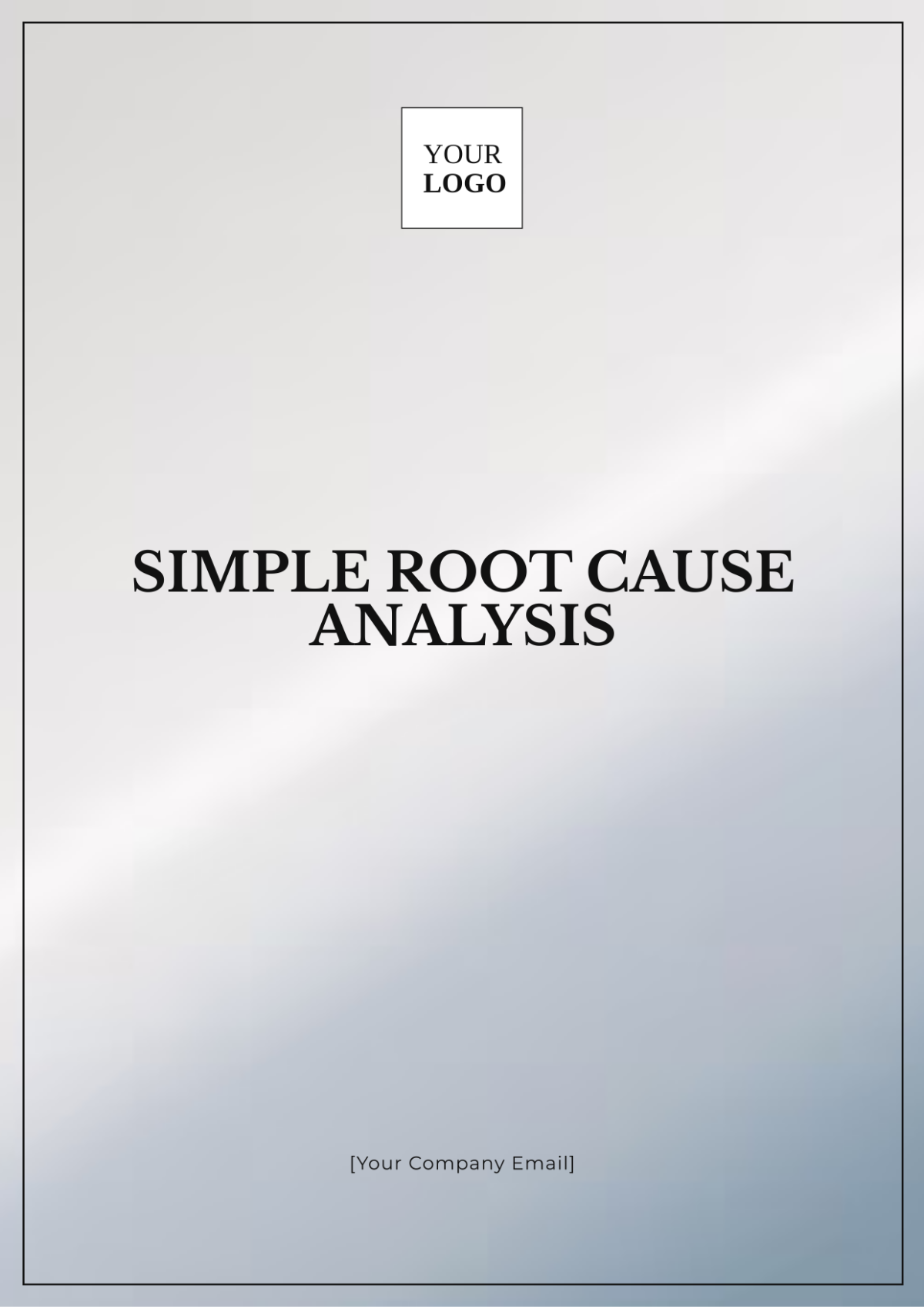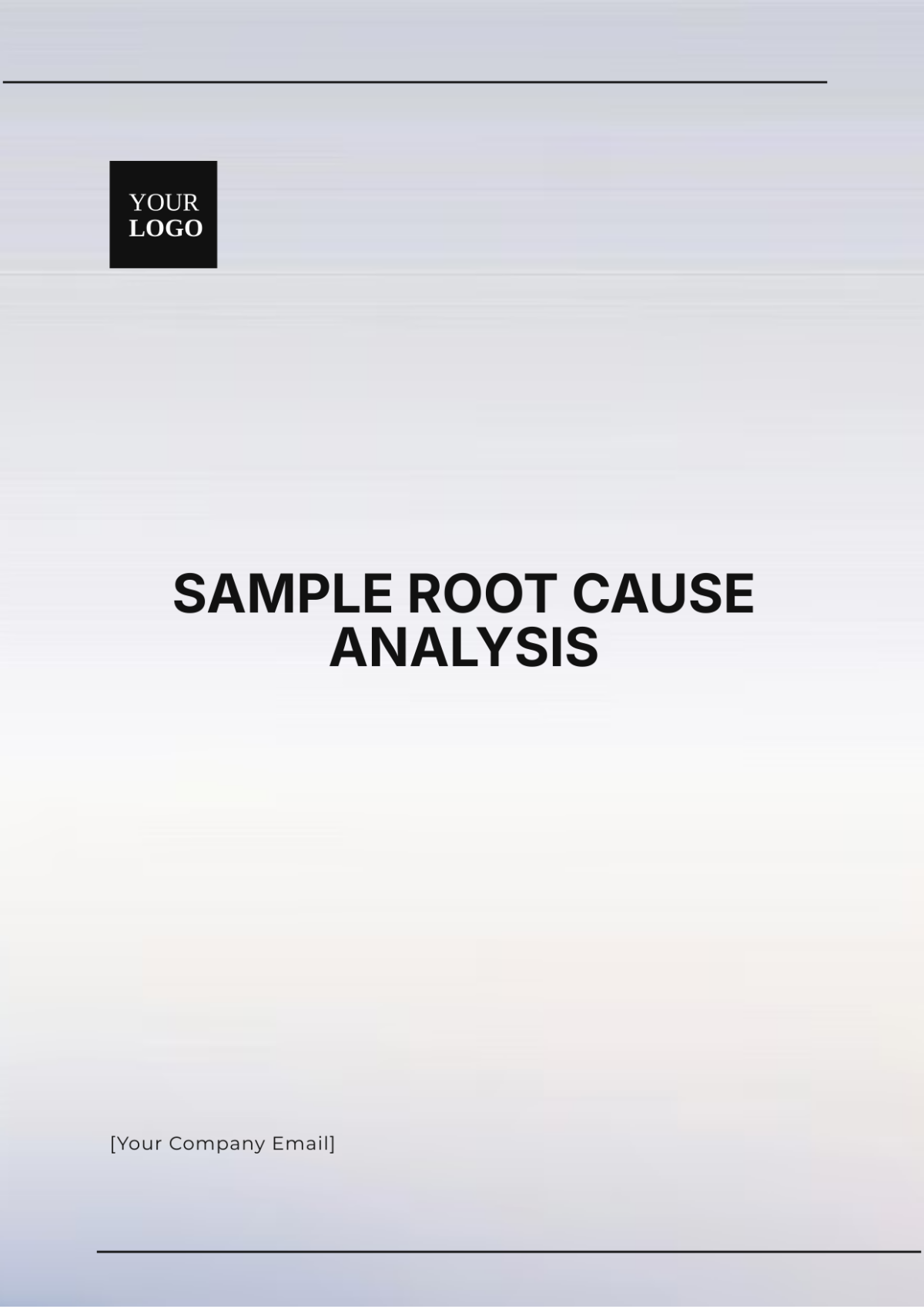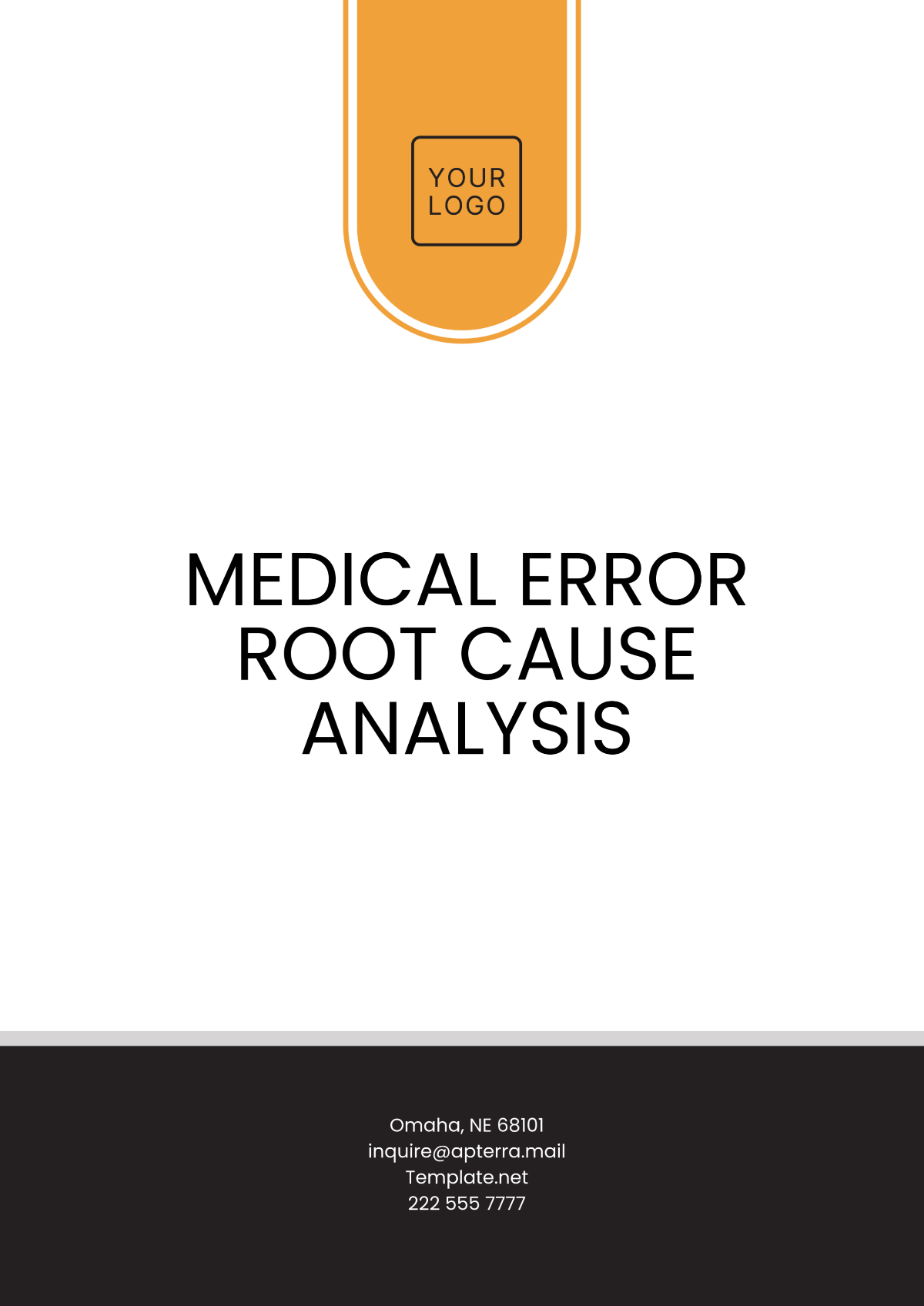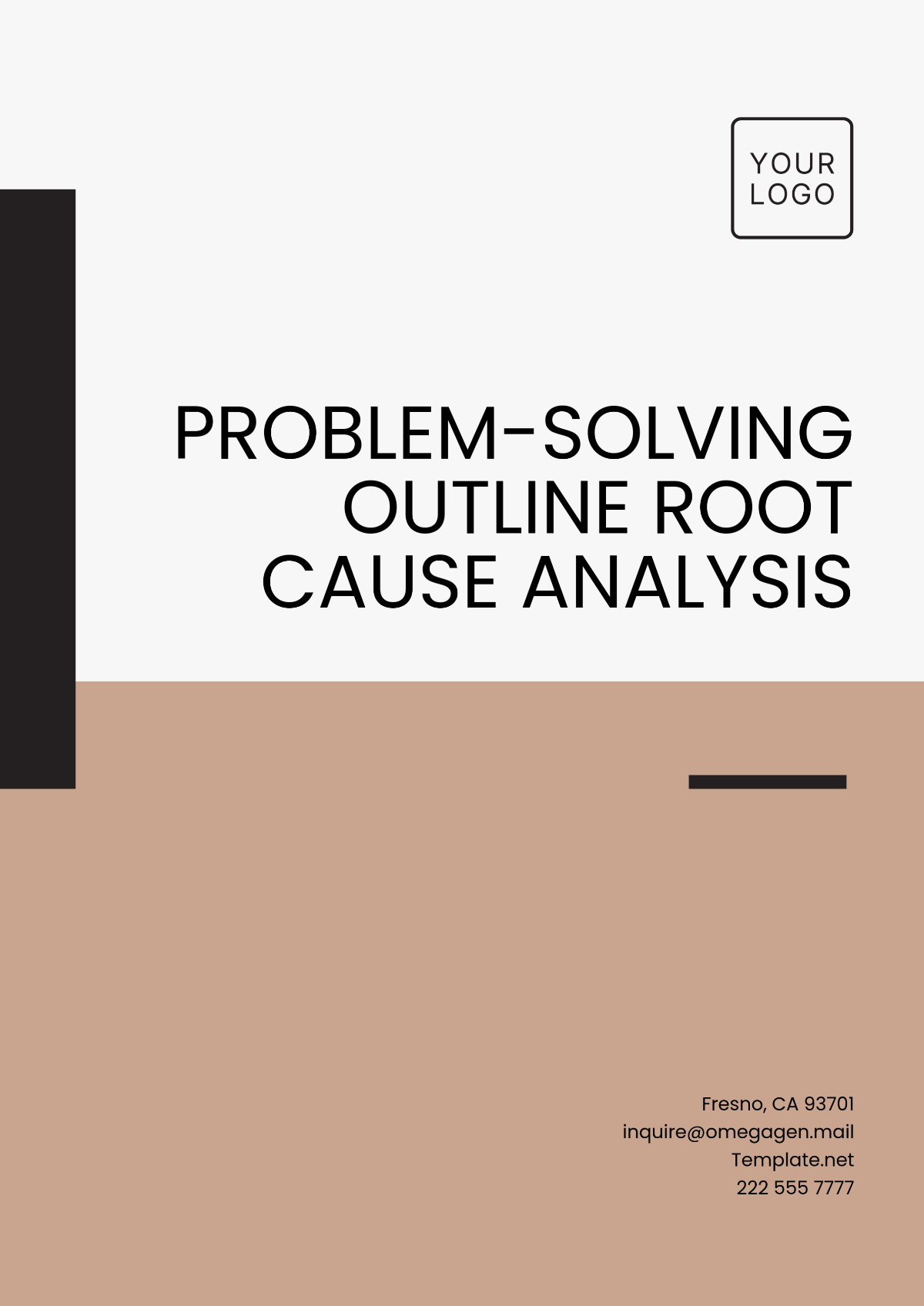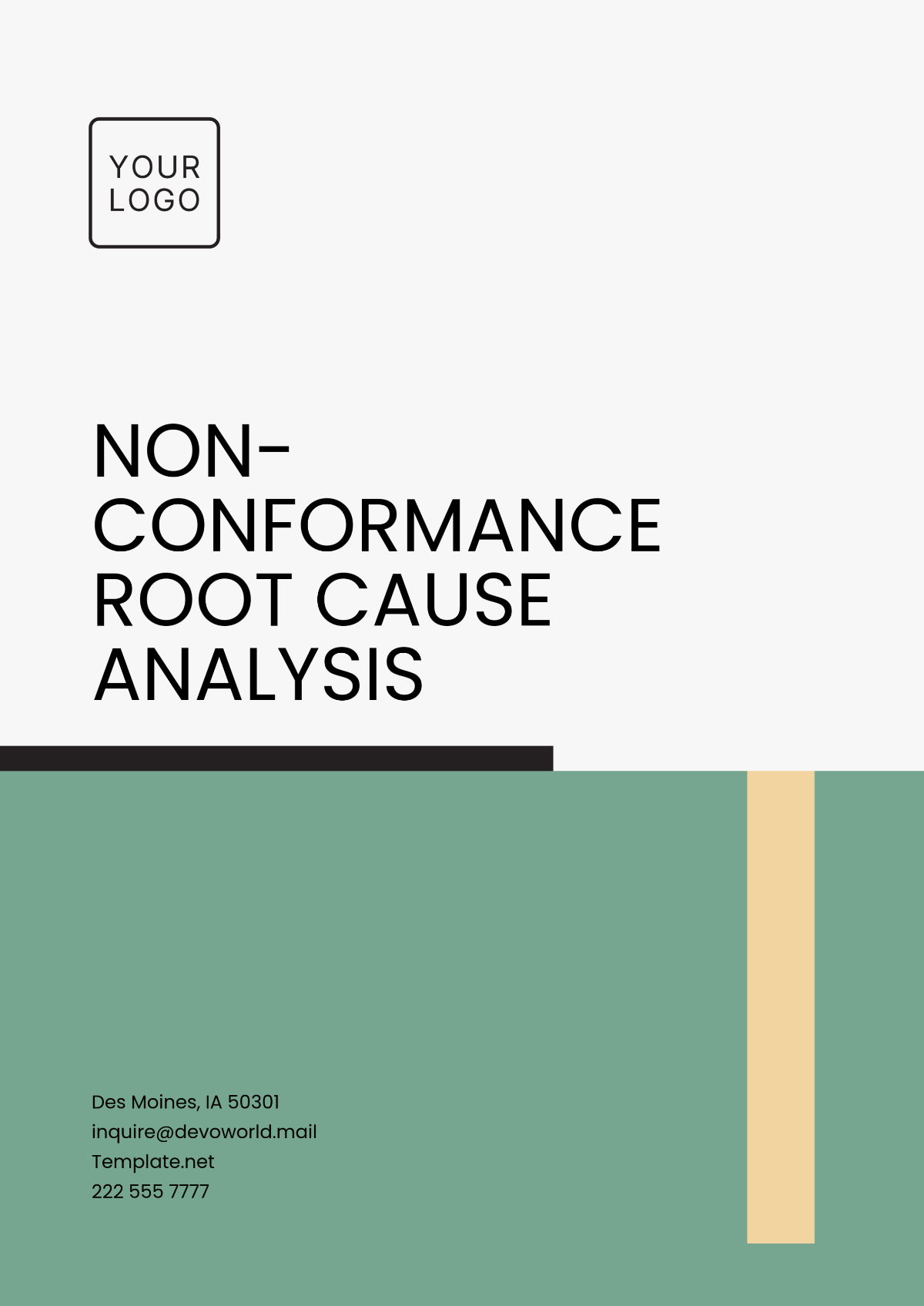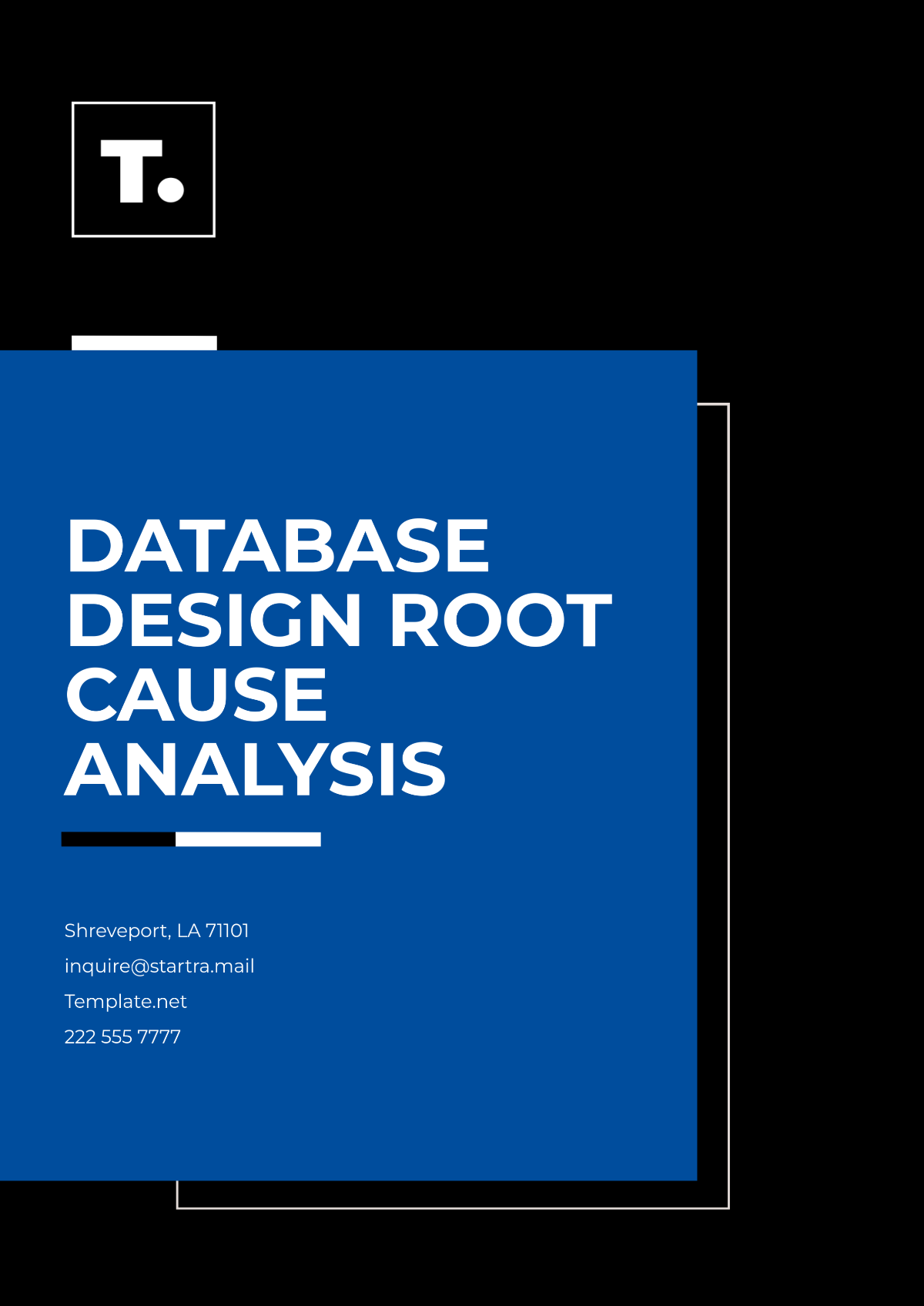Project Specification for Software Analysis
Prepared By: [Your Name]
I. Introduction
Software Analysis is a critical process in the Software Development Life Cycle (SDLC). It involves examining, understanding, and evaluating the codebase to ensure that the software meets all requirements and functions as expected. This document, prepared by [Your Company Name], provides a detailed specification for performing software analysis on the project at hand. The objective is to identify potential issues, optimize performance, and enhance maintainability.
II. Project Objectives
The main objectives of this software analysis project are:
Identify and document all software requirements.
Evaluate the current state of the codebase.
Detect and report any defects or inefficiencies.
Recommend improvements for performance and maintainability.
Ensure compliance with industry standards and best practices.
III. Scope
This project encompasses a comprehensive evaluation of the following components:
Source code analysis
Documentation assessment
Performance testing
Security evaluation
Code maintainability review
Compliance verification
IV. Methodologies
A. Static Code Analysis
Static code analysis involves examining the source code without executing the program. Static analysis tools will be utilized to identify coding standards violations, potential bugs, and security vulnerabilities.
B. Dynamic Code Analysis
Dynamic code analysis is performed by executing the program and monitoring its behavior. This includes various testing techniques such as:
Unit testing
Integration testing
System testing
C. Documentation Review
This involves assessing the existing documentation to ensure it is comprehensive, accurate, and up-to-date. Attention will be given to:
API Documentation
User manuals
Developer guides
D. Performance Testing
Performance testing aims to determine software responsiveness, throughput, and reliability under a particular workload. Techniques include:
Load testing
Stress testing
Endurance testing
E. Security Analysis
A thorough security evaluation will be conducted to identify potential vulnerabilities and ensure that the software complies with organizational security policies.
V. Deliverables
The following deliverables are expected from this software analysis project:
Software Requirement Specification (SRS) document
Code Review Report
Performance Test Report
Security Audit Report
Documentation Review Report
Improvement Recommendations
VI. Timeline
The project is expected to be completed within 12 weeks. The estimated timeline is as follows:
Week | Activity |
|---|---|
1-2 | Requirement Gathering and Initial Analysis |
3-4 | Static Code Analysis |
5-6 | Dynamic Code Analysis |
7-8 | Documentation Review |
9-10 | Performance Testing |
11 | Security Analysis |
12 | Compilation of Final Reports and Recommendations |
VII. Resources
The project will require the following resources:
Project Manager
Software Analysts
Quality Assurance Testers
Security Experts
Technical Writers
VIII. Risk Management
Identifying potential risks and developing mitigation strategies are crucial steps for project success. Potential risks include:
Project Delays: To mitigate, establish clear deadlines and regular progress reviews.
Resource Availability: Ensure key resources and create a backup plan.
Requirement Changes: Implement a requirement change management process.
IX. Conclusion
This project specification aims to provide a comprehensive framework for conducting an in-depth software analysis. Adhering to the outlined methodologies and timelines will ensure a thorough assessment and facilitate the enhancement of the software quality, performance, and security. The deliverables produced from this project will act as a foundation for future improvements and maintenance activities.

